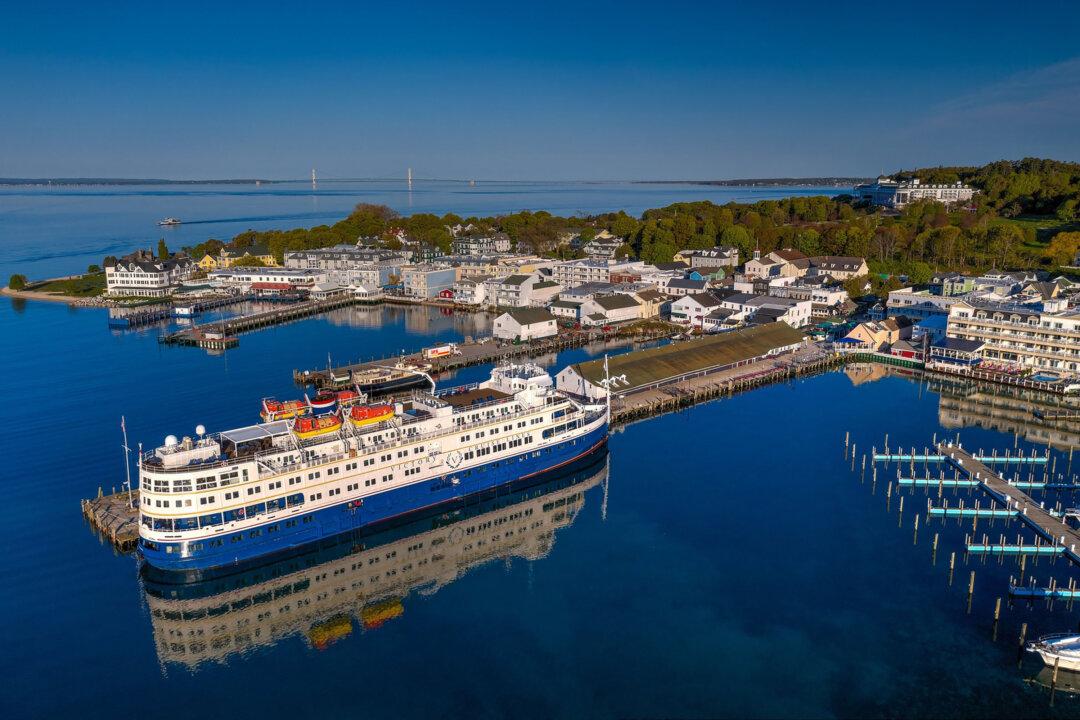Duluth—The Viking Polaris sliced through the dawn June fog, entering the harbor without fanfare. No horn blasts to this Midwestern port city’s landmark lift bridge. Onboard, all but a handful of cabins were dark as the 666-foot cruise ship ended its maiden Great Lakes voyage.
Cruise ships, which once thrived on these lakes before all but disappearing in the 1970s, are making a remarkable comeback on this inland sea, wooed by competing states. Marketed as “expedition cruising,” the ships deliver tourists and their spending money to ports that for decades primarily served global markets with iron ore and wheat.
“The [global] cruise industry is fairly mature,’’ said Dave Gutheil, chief commercial officer of the Port of Cleveland. “There aren’t a lot of new places to go.”
States and Canadian provinces worked together to change that. After drawing major industry players to the world’s largest freshwater ecosystem in recent years, states now must balance that cooperation with competition as they seek port calls and the economic benefits they bring. But for some ports, especially the small ones, even the smaller expedition ships may be too big to handle.
For cruise fans these have been, if not uncharted, at least long neglected waters. In the heart of North America and separated from the Atlantic Ocean by the St. Lawrence Seaway, more than a dozen Great Lakes ports in five U.S. states and a similar number in the Canadian province of Ontario offer expeditions as wild as kayaking sea caves along Minnesota’s rugged North Shore or as urban as touring the Rock & Roll Hall of Fame in Cleveland.
Attracting the cruise industry took regional and international coordination, Gutheil said. “This really has been a Great Lakes team effort.”
Now some states along the lakes—Illinois, Michigan, Minnesota, Ohio and Wisconsin—are competing for a tourism bounty by making their ports more attractive and accessible to cruise lines. In 2022, the cruises drew nearly 150,000 passenger visits to Great Lakes ports in the United States and Canada, a record, according to the industry group Cruise the Great Lakes. It forecasts nearly 170,000 visits in 2023 with an economic impact of $180 million.
Passenger cruises were once a major industry of the Great Lakes, with more than 30 lines operating in the upper lakes alone, according to a 2011 study by Richard Stewart of the University of Wisconsin-Superior. With the growth of the U.S. highway system and regional airlines, all were gone by 1970.
For decades, ventures to revive the industry struggled, hindered by regulations such as the 1896 Passenger Vessel Services Act, which limited access to U.S. ports. Gambling restrictions also discouraged cruise lines from offering service.
Combining U.S. and Canada stops allowed foreign-built ships to avoid the port restrictions, however. The current surge started in the 2015 season, including the arrival of the Pearl Mist, a 210-passenger ship.
These new ships are not the 6,000-passenger floating resorts that ply the Caribbean. With fewer than 400 passengers, most serve a more affluent and adventurous clientele. Viking entered the region in 2022, bringing a global reputation and two new ships designed specifically for the Great Lakes. Yet those ships, the Polaris and Octantis, are clearly ocean-capable vessels. Strengthened to withstand polar ice, they serve Viking’s Antarctic routes during the North American offseason.






